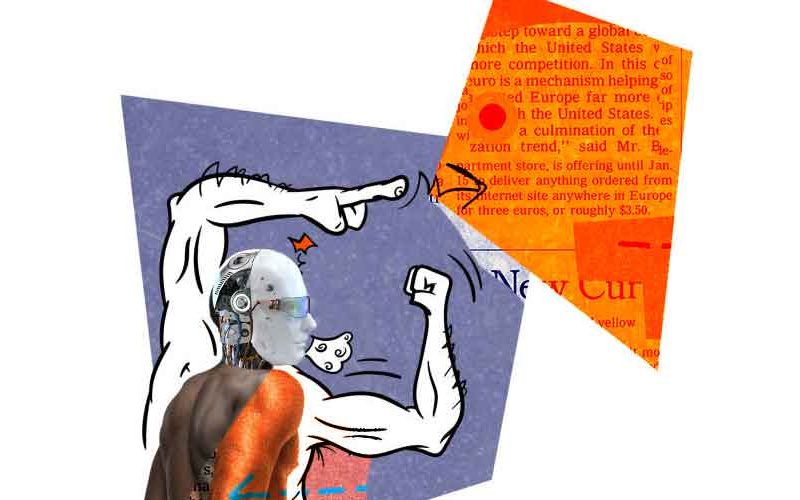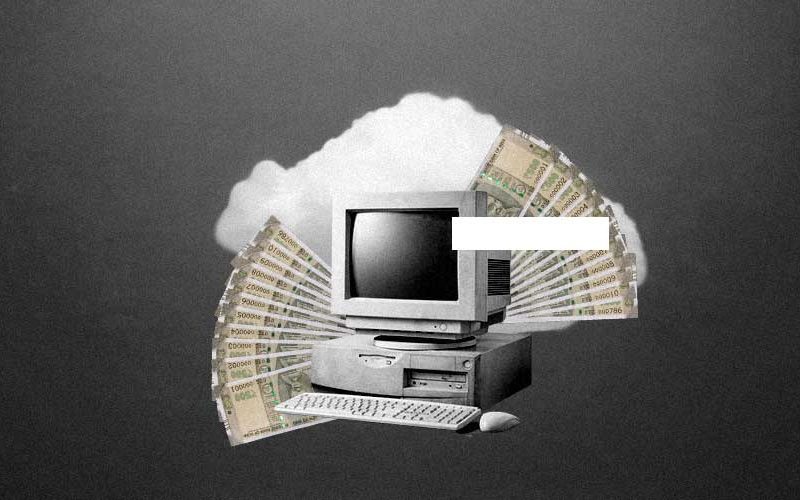Data visualization tools offer flexibility in tailoring visualizations to specific business needs
In the digital age, data reigns supreme. Businesses across the globe are amassing vast amounts of data daily, from customer interactions and sales figures to operational metrics and market trends. While data collection has become more accessible than ever, the true challenge lies in deriving actionable insights from this wealth of information. This is where data visualization steps in, serving as a powerful tool to unravel the complexities of data and transform it into a strategic asset for businesses.
Understanding Data Visualization
Data visualization is the graphical representation of data using visual elements such as charts, graphs, maps, and dashboards. Its primary purpose is to make complex data more accessible, understandable, and interpretable. Rather than sifting through rows of numbers or raw data, individuals can instantly grasp patterns, trends, and relationships when data is presented visually.
Enhancing Data Comprehension
One of the fundamental roles of data visualization is to enhance data comprehension. Human brains are wired to process visual information more effectively than text or numbers alone. When data is presented visually, it becomes easier to identify outliers, correlations, and anomalies, empowering business stakeholders to make informed decisions.
Spotting Trends and Patterns
Data visualization serves as a magnifying glass for uncovering trends and patterns within datasets. Whether it’s identifying seasonality in sales data, tracking website traffic trends, or recognizing shifts in customer behavior, visualization tools enable businesses to discern valuable insights that might otherwise remain hidden.
Facilitating Data Exploration
Exploring data is a crucial step in uncovering untapped opportunities or addressing challenges. Interactive data visualization tools allow users to dive deeper into datasets, filter information, and view different slices of data dynamically. This level of interactivity empowers users to explore data from various angles, fostering a deeper understanding of underlying trends and drivers.
Effective Communication
In the business world, conveying insights is often as important as discovering them. Data visualization simplifies the process of sharing findings and insights across an organization. Visual reports and dashboards can convey complex information in a straightforward and compelling manner, ensuring that all stakeholders, regardless of their technical expertise, can grasp key takeaways.
Supporting Decision-Making
The ultimate goal of data visualization is to support data-driven decision-making. By presenting data in a clear and concise manner, it empowers business leaders to make informed choices. For example, a retailer can use visualization to optimize inventory levels based on sales trends, or a marketing team can refine its strategies by analyzing campaign performance data.
Customized Insights
Data visualization tools offer flexibility in tailoring visualizations to specific business needs. Whether an organization requires real-time dashboards for monitoring key performance indicators (KPIs) or detailed reports for in-depth analysis, customization options abound. This adaptability ensures that data visualization aligns with an organization’s unique objectives.
Predictive Analysis
Some advanced data visualization tools integrate predictive analytics capabilities. These tools not only visualize historical data but also forecast future trends. By harnessing machine learning and predictive modeling, businesses can anticipate market shifts and customer preferences, gaining a competitive edge.
Data Governance and Compliance
Data visualization plays a role in data governance and compliance by providing transparency into data sources and usage. Visual representations of data lineage, access controls, and compliance metrics help organizations adhere to data protection regulations and maintain data integrity.







